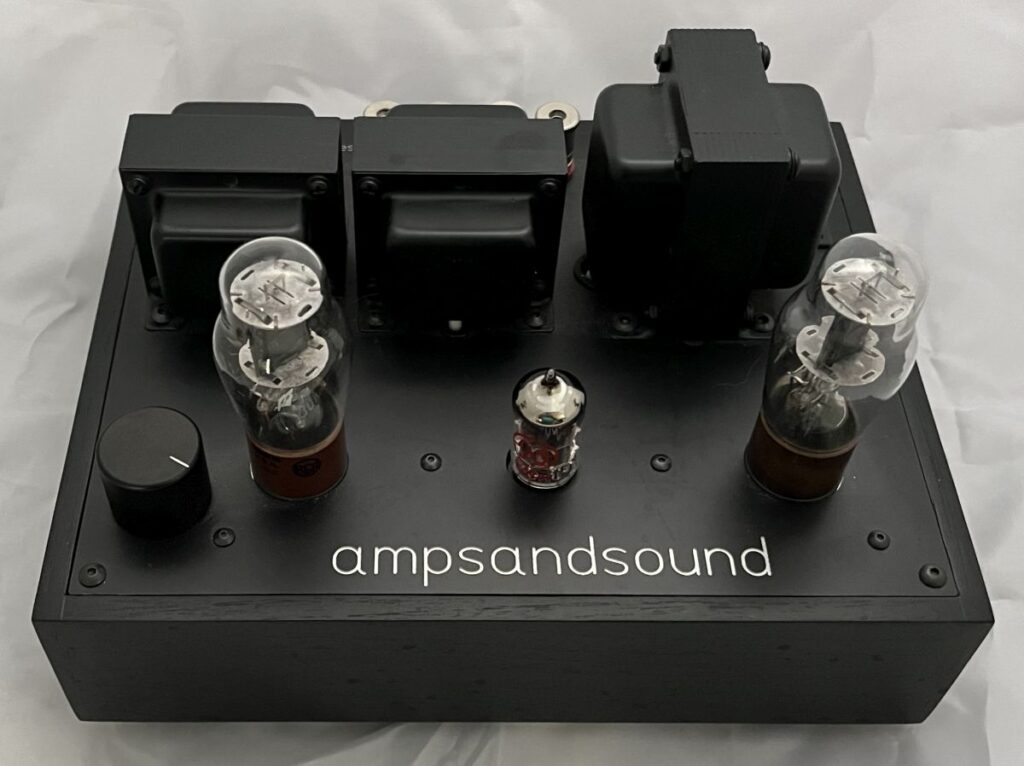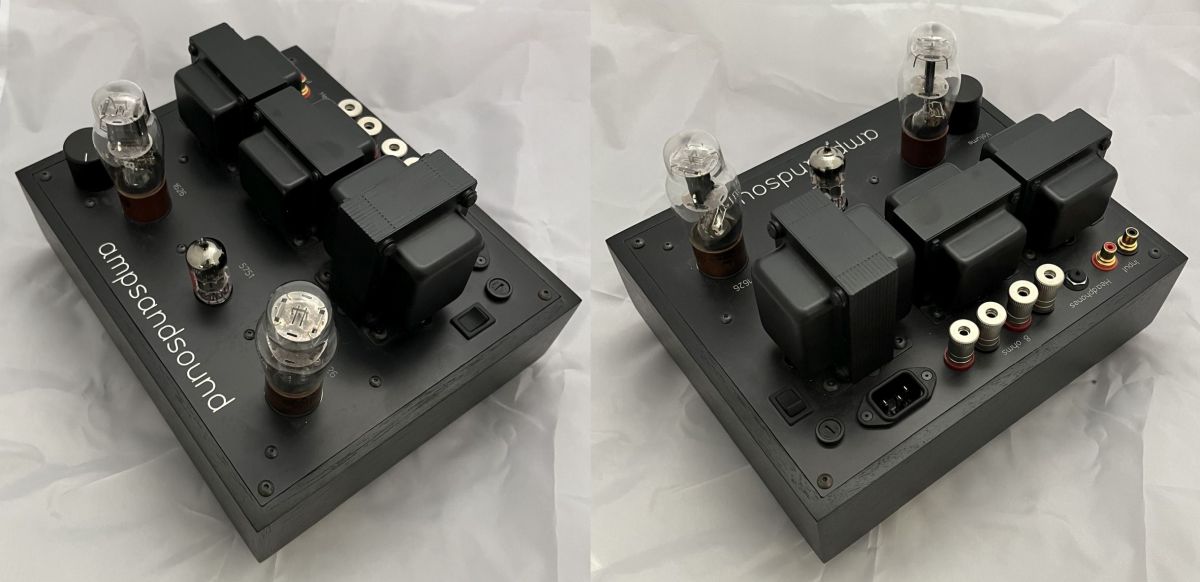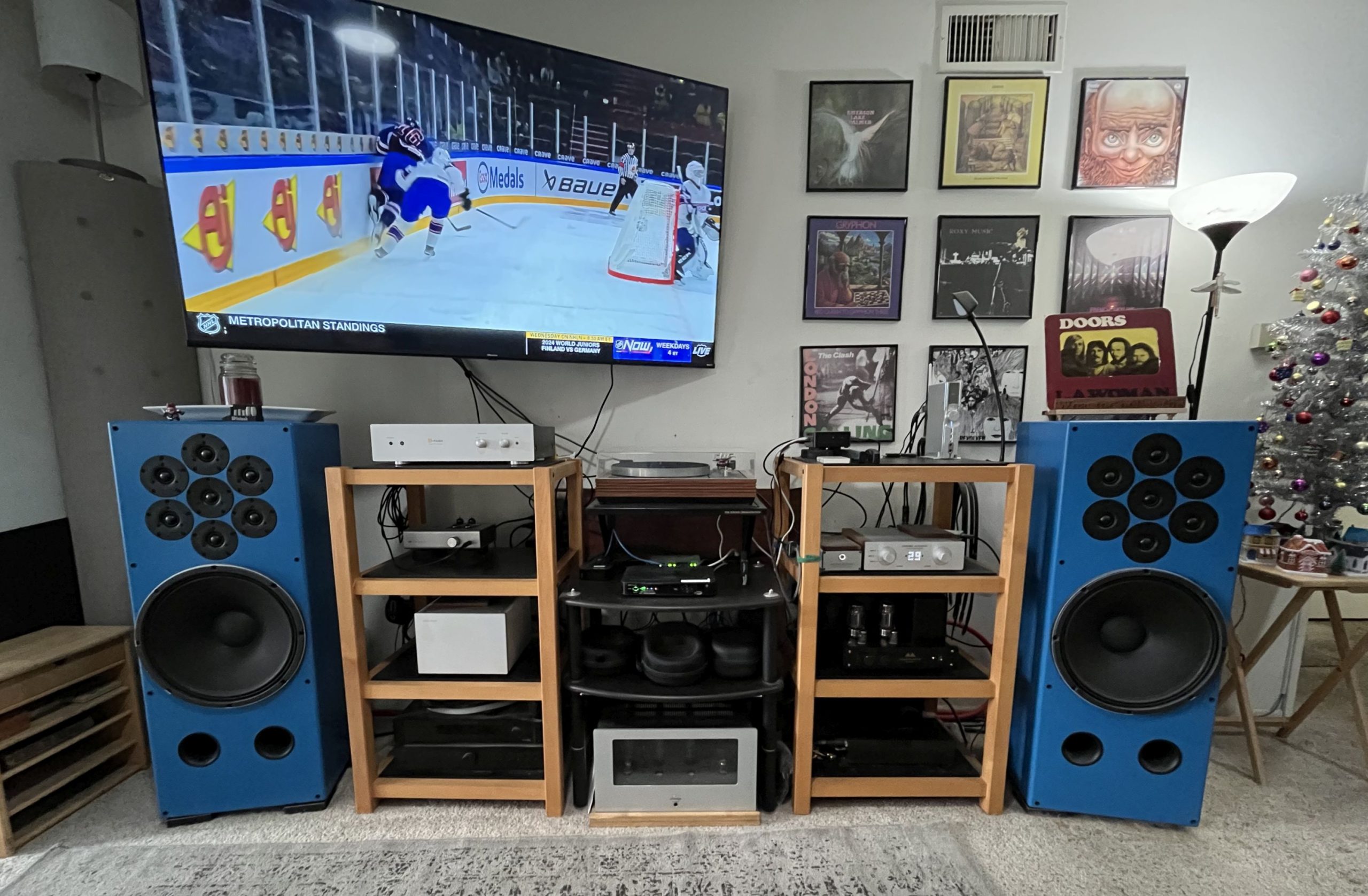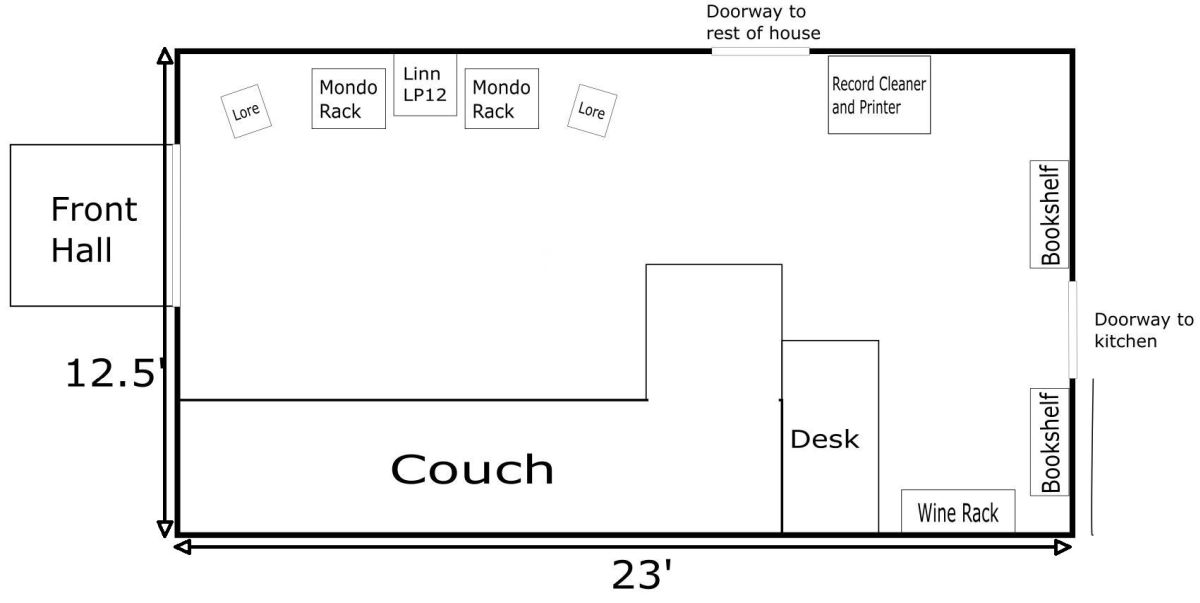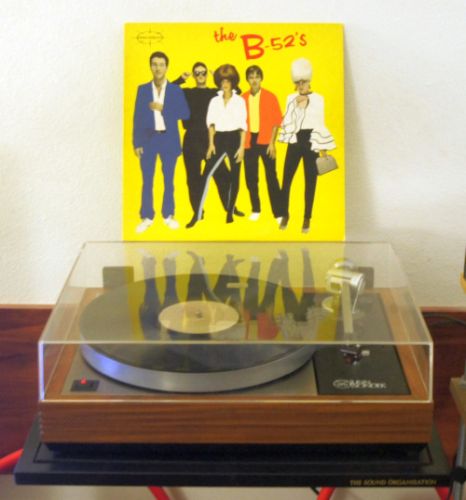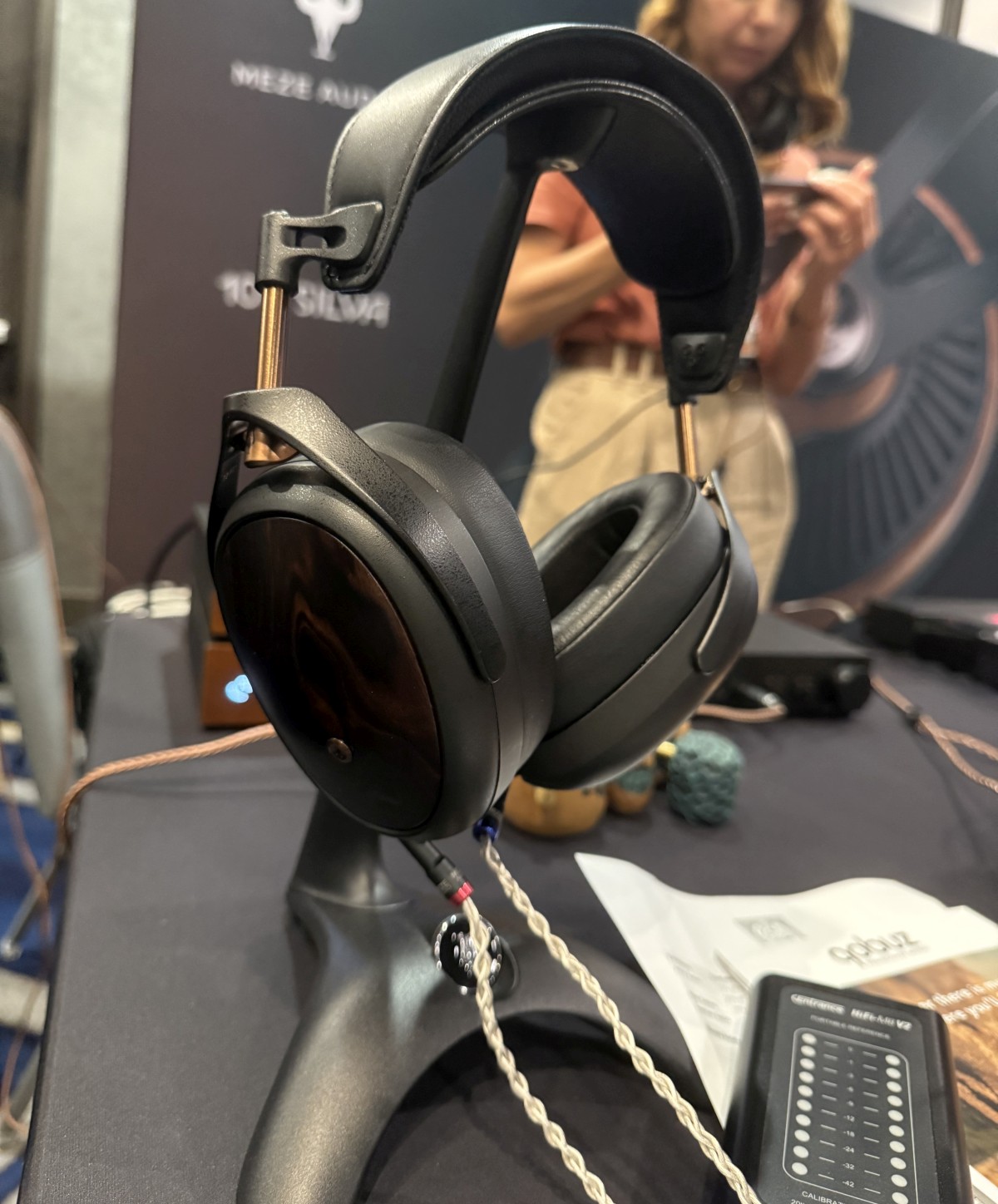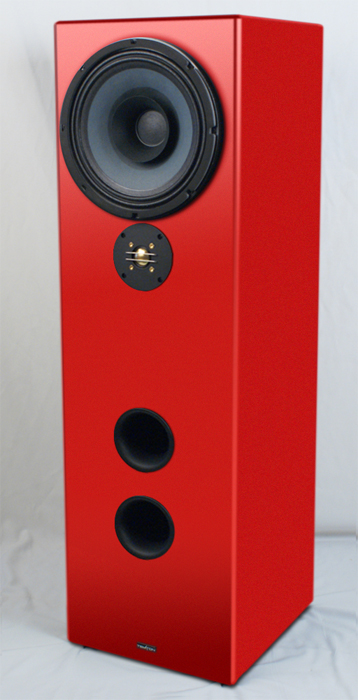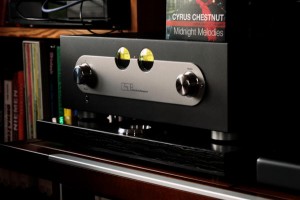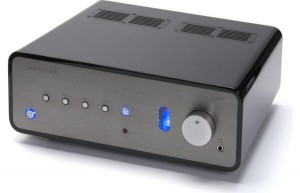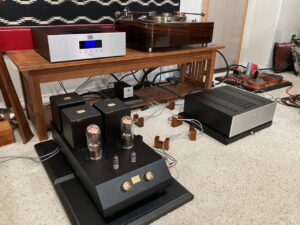It's been a little over eight years since I last reviewed an amplifier by Southern California's ampsandsound (HERE). In the intervening years, Justin Weber has taken his little, almost hobbyist endeavor into the world of being a serious full-fledged business manufacturing extremely high quality boutique products. His lineup currently includes six amplifiers designed for driving speakers, five more designed primarily as headphone amps (though some can drive speakers too), three preamps, and six models that fall under the category of "specialty" amps. He also manufactures a fine line of high efficiency, horn-loaded speakers and other audio accessories. His amplifiers are all known for using extremely high quality custom transformers and meticulous design and construction. From their website:
…all ampsandsound amps are handmade in Southern California with custom hand-wound output transformers and U.S. sourced parts. Our amps are hand-made by a small team with quality being our first priority.
The specialty amps are either intended for somewhat limited or specific use, to simply be an interesting circuit design, or to use a specific tube that Weber wanted to try out. The Kenzie Integrated amp under review, falls into this "specialty" category and is an offshoot of his Kenzie OG headphone amplifier. The Kenzie OG headphone amp, offers both "Low Z and High Z" headphone jacks to work with headphones from very low impedance all they up to 600 ohms or more. From my past experience with several headphones, the Kenzie headphone amp was certainly one the nicest headphone amps I've ever tried. If I spent more time listening to headphones at home or had more upscale headphones than my twenty-seven year old Beyerdynamic DT-770 Pro 600 ohm and Meze 99 Classic, I'd consider getting one.
For the Kenzie Integrated, the "High Z" headphone jack is replaced with a single pair of five-way binding posts to allow connecting one pair of 8 ohm speakers. The former "Low Z" headphone jack is then specified at 100 ohms. Again, from their web site:
The Kenzie does not use a voltage network to impart a sonic signature rather it directly couples the output transformer with a spec'd secondary impedance, and has more than enough power to drive even the most difficult headphones. We chose 100ohm tap for the widest variety of headphones; everything from Grado Labs, HiFiMan, Audeze, MrSpeakers, Sennheiser, and Beyerdynamic.
It is a nicely proportioned compact 10.75" wide x 8.75" deep. I didn't weigh the amp, and there is no spec on the website for weight, but as compact as the amp is, it still has a nice heft to it. That is mostly due to the transformers, as expected in a quality tube amp. Though it can function as an integrated amp (and thus named) as it has an Alps volume pot, it only has a single (RCA) input so if you use more than one source or want remote volume control, you will need external switching and volume control via either a passive or active linestage.
One of the really interesting aspects of the Kenzie is the choice of tubes used in the current version. There are only three tubes used; one 12AT7 (5751 or 12AX7 can be used too) for the input, and two 1626 Triode tubes for the output, one per channel. I had never heard of the 1626 tube before, but found plenty NOS tubes available from regular sources for as little as $14 each. From ampsandsound's website, they describe the 1626 like this:
The 1626 is commonly referred to as the "Poor Man's 300B"; offering a similar level of warmth, texture, and soundstage depth.
The 1626 is a WWII-era tube that was used as a transmitter tube in radar installations. The design is shy on pure output, but offers layers of texture and drive, and is paired with a massive choke and robust output transformers for ultra-quiet operation. As with all of our products, parts selection was crucial during this build and each chosen not for price, but for best quality and synergy.
I'll admit one reason I've stayed away from true SET amps in the past is the generally high cost of good quality triode tubes like the 2A3, 300B, or 45 which can easily be in the hundreds of dollars to well over $1000 for the most sought after NOS versions. That doesn't fit into my vision of what good audio should cost.
The Kenzie is the only amp in the ampsandsound lineup that isn't tube-rectified, a choice made as a result of the amp's case being too small to properly include tube rectification. I remember how surprised I was years ago when I reviewed their Stereo 15 Special Edition amp at just how significant the rectifier tube was in determining the overall sound of that amp. Granted I only tried two different rectifiers, both supplied for the review with that amp, but the general overall character of the amp changed which each tube. Both excellent, but with one preferable to me and my taste at the time.
One other really nice design choice for the Kenzie is that the circuit is self-biasing (Cathode bias) so you can swap power tubes and not have to adjust anything. One of my tube amps, an older Jolida JD-1000P, has eight EL34 output tubes and it seems they all need their bias adjusted about once a month. My aging Antique Sound Labs MG-SI15DT-S amp is extremely stable in that regard, and even if I only check it every six months or so, the bias rarely drifts off spec unless there is a tube about to go bad. But still, an amp where you don't need to worry about setting bias is a nice feature in my mind.
What really makes the Kenzie a "specialty" amp though, is its very low one-watt-per-channel output. You need very efficient speakers with an easy impedance curve and high enough sensitivity to achieve an acceptable listening level with one watt or less. Most of the speakers Weber makes are rated at 98 dB or higher so would work fine. The Tekton Perfect SET 15 (HERE) I use are also rated at 98 dB, with an easy 8 ohm load and actually specified to work with amps as low as one watt. It seemed like a great combination for me to try.
Since I was going to use the Kenzie as a power amp, rather than an integrated amp, leaving the volume control to my purely passive Khozmo line stage (HERE), I swapped the factory supplied 12AT7 for a JJ Long Plate 12AX7 (ECC803s) which increased the gain of the amp enough to produce more than acceptable volume levels. This also gave me remote control for volume and three inputs for multiple sources. This is how I always use my Antique Sound Labs amp, which was also sold as an integrated amp, but which to me (and confirmed by its designer many years ago) sounds its best with the volume pot all the up and with a separate line stage to control the incoming signal.
Connecting the Kenzie in my system was simple as plugging in the cables for power, input from the Khozmo and output to the speakers. There was a nice 90 degree IEC power cord adapter included since the power jack faced up from the top panel. I used an ages old Cardas Twin-Link power cord, which plugged into my Pi Audio UberBuss powerline conditioner. The interconnects throughout the system were Vermouth Audio Black Pearl (HERE) and I used Audioquest Type 5 speaker cables. Click on my name at the top of the page for details on the rest of my system and my room. Since the amp was not brand new, so just a short warmup to get to normal operating temperature was all that was needed. The sound seemed to be stable after just 15 minutes or so after powering it up.
Whenever I switch any piece in my system, I always play the Channel ID and Phase tracks from Stereophile's Test CD2 first, to make sure everything is hooked up right. Normally, other than just making sure it is set up correctly I don't pay much attention to the sound of these tracks, just left, right and in or out of phase. But as soon as the Fender Bass Guitar (as they make sure to identify for each track) hit its first note, I took notice. There was some mighty fine tone and weight to that track. On to some actual music…
In most cases, the first music track I play when trying something new in the system is "Better Together" from Jack Johnson's album In Between Dreams. Whether I play from the beautiful sounding LP, the CD rip on my server or the 24/96 stream from Qobuz, this tracks tells me several things within the first minute or so. From the opening acoustic guitar, to his voice in the first to lines and when the bass comes in at 26 seconds, there's so much pure tone, air, and weight, then when the lightly tapped cymbals chime in at the end of the first verse, well, there's a lot to process considering how simple the song is. First time, off the CD rip, just over a minute in and I stopped everything. I'd never heard this first minute sound so beautiful and so convincing. I pulled out the LP and started over. I was still working on the review of the Perfect SET15 speakers, and had already used eight different amplifiers with them, and none of them had sounded that full, rich or beautiful as what I had just heard with the little Kenzie. I listened to the entire LP and sat there soaking in everything that record had to offer.
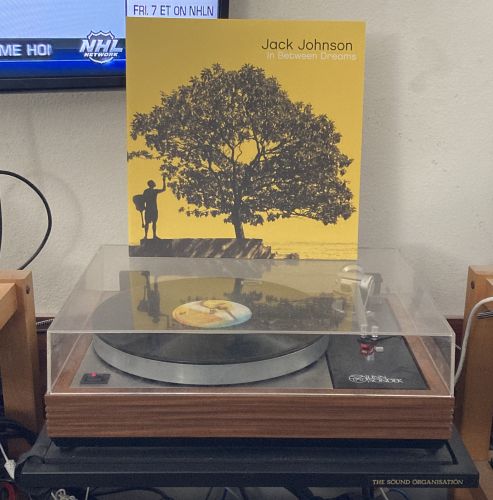
Is this the "Triode Magic" I've been reading about all these years? I've heard plenty of systems with real triode amplifiers at shows and in other people homes, so I thought I knew what real SET amps were about, but hearing one in my system, compared to a variety of excellent tube (but not triode) and solid-state amps left me wondering what I'd been missing. I'd swear I heard the ghost of Harvey Rosenberg, the Thermionic Techno-shaman and Guildmeister of The Triode Guild, leaning into my ear to say:
"See, that's what I've been telling you!"
I followed up with the 24/88.2 Qobuz stream of Nik Bärtsch's Llyria. The typical high quality ECM recording filled the room with a stunning soundscape, superb clarity of Bärtsch's piano and rock solid tuneful bass. All of Bärtsch's ECM albums are beautifully produced, but this one is softer, more atmospheric, and really brought to the forefront the amazing immediacy and tactile sense of the Kenzie amp.

Unfortunately, that first day it was all I had time for, music-wise. The evening was spent using the system with the TV. I have little interest in home theater multi-channel setups and we just feed the digital out from our TV to the Toslink optical input of our iFi NEO iDSD DAC. With the lights out and watching Oppenheimer over whichever streaming service first had it available (MAX I think), it was easily the most immersive sound we gotten from our current TV setup. Sure there were no big booms, crashes, or accentuated sound effects like we get in the blockbuster action films my wife prefers, but the clarity of the voice tracks and any subtle sound or imaging cues were reproduced wonderfully. Not bad for a simple two-channel movie setup.
Over the three months that I used the Kenzie in my system I tried every genre of music I had in my collection or felt like from Qobuz. The gorgeous sounding eponymous LP by Applewood Road (Gearbox Records. GB1531), the voices of the three wonderful artists (Emily Barker, Amber Rubarth, and Amy Speace) that make up the group were just so three dimensional and present. This is a real purist recording; single microphone, analog direct to 2-track ¼ inch tape, with no edits or overdubs, and the sound was a perfect match for the real beauty of their voices. Of all the amplifiers I've used with the P-SET15, none of the others have been able to produce such a thoroughly three-dimensional, naturally sized image.
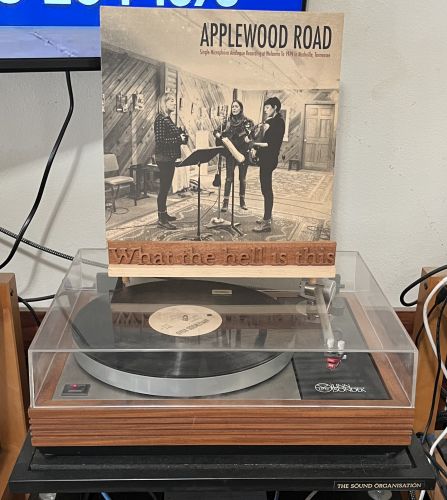
One aspect of SET amps I've heard about in the past, and experienced a few times in other people's systems was brought to light beautifully here, and that is tone. Though I am not a musician and play no instruments (other than having played drums badly in my youth) I have always been an avid listener, and feel I have a handle on what many instruments sound like in real life. On the 1961 LP of the Mussorgsky, Ravel Pictures At An Exhibition (Command. CC 33-11003, L'Orchestre De La Societé Des Concerts Du Conservatoire, Andre Vandernoot cond.) The opening notes played by solo trumpet were just so real sounding, so brassy and dynamic and full of realistic tone. Again, this quality was not matched by any other amp I tried, though maybe the little Almarro A205A came closest.
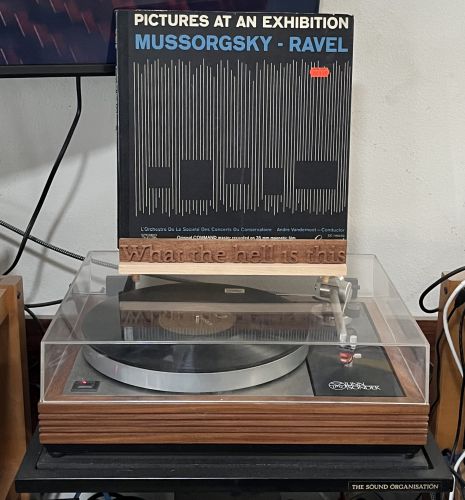
But what the Almarro couldn't match, and in fact none of the amps I tried could match was, most surprisingly, bass response. I honestly had expected this amp to have issues with bass response. Maybe it was due to its low power rating, or its diminutive size or whatever else stuck in my mind, but I just hadn't expected to hear bass reproduced all too well with the Kenzie. Boy, was I wrong. Whether acoustic double bass, electric bass guitar, cello, lower registers of the piano or church-bound pipe organ, bass was extremely well done. As low as my speakers would go, low 30Hz range, low enough to cover any of the aforementioned instruments except maybe the organ, there was enough clarity, tone and weight to be downright exhilarating. One thing that has kept me coming back to the Antique Sound Labs MG-SI15DT-S all these years has been its ability to flesh out proper bass tone, impact and weight on recordings that have any to offer. With most of my speakers, it has bested the other amps in my collection. However, the Kenzie was clearly superior in every regard when playing any LP or digital track that had decent bass to play.
Peter Gabriel's solo works are always a good test for bass response, and my very early UK pressing of his fourth eponymous LP (Charisma. PG 4) is a workout for any system. The track "Lay Your Hands On Me" with its combination of Tony Levin's fretless bass and multiple synths lay a foundation that is both deep, powerful, yet eerie and atmospheric. The little Kenzie sailed through this track (and the whole LP actually) without any strain while never missing a beat or confusing a line.
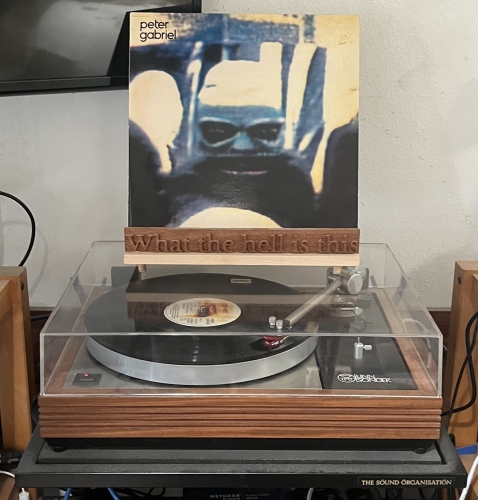
Are there any other things to consider with this amp? Sure. Like every other of Weber's designs I've had the opportunity to try, the noise floor and background are extremely low. I mean really low. With the preamp selector set for the DAC at full volume and my ear a couple inches from any of the drivers I heard nothing at all. Dead silence. Set to the phono stage there was just the slightest whoosh from the phono preamp (which is set for 60 dB of gain), but nothing from the power amp. Though I hear no noise per se, from my Antique Sound Labs amplifier, the lower noise floor of the Kenzie does let the subtlest of details come through, and allows the decay of sound and atmosphere in a recording come through better. You are just hearing more of what's in the recording.
I don't know how one would measure a system for its sense of scale. Why do some products allow for a better sense of the size, force, and weight of both individual instruments and the overall presentation? Whatever it would be, the Kenzie does it extremely well. I pulled out my oft-ignored 45 RPM LP of Berlioz's Symphonie Fantastique (Reference Recordings. RR-11) just to check out this characteristic. And yes, the Kenzie outperformed both my low powered tube amp and my higher powered solid-state amps in this regard. The soundstage itself was quite large, but location, size and impact of the different instruments and orchestral sections all seemed very appropriately sized and positioned.
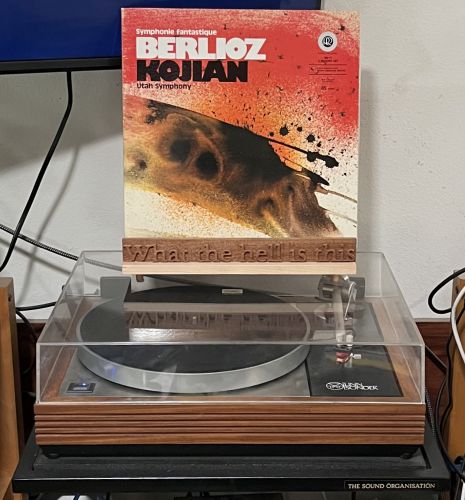
All told, one must still consider first and foremost, whether the speakers you have are capable of reaching acceptable volume levels without taxing an amplifier that only puts out one watt. For my listening conditions and preferred volume I have two sets of speakers that worked with the Kenzie. The P-SET15 was an ideal match for me, though if you prefer pushing the average levels beyond the mid 90 dB range it probably wouldn't be for you. It worked quite nicely with my Tekton Lores too, though those speakers didn't hold up at the volume levels the P-SET15 could achieve. I had to keep listening levels to low 80dB range on average to have those speakers sound their best. Above that music sounded strained and frequency extremes suffered.
But if you have speakers that are compatible, high efficiency (98 dB or higher, above 100 even better), stable easy 8 ohm load, horns (front or rear loaded), or any speakers specifically designed for use with very low powered amplifiers, the Kenzie Integrated is absolutely worth checking out. It lets you hear what is special about a real triode based amplifier, rather than just a single ended amplifier using other types of tubes, without worrying about hundreds or thousands of dollars for replacement tubes. Ampsandsound may list it under their "specialty amplifiers" but with the right speakers this amp really is something special.
Kenzie Integrated Amplifier
Retail: $2900 USD
ampsandsound




